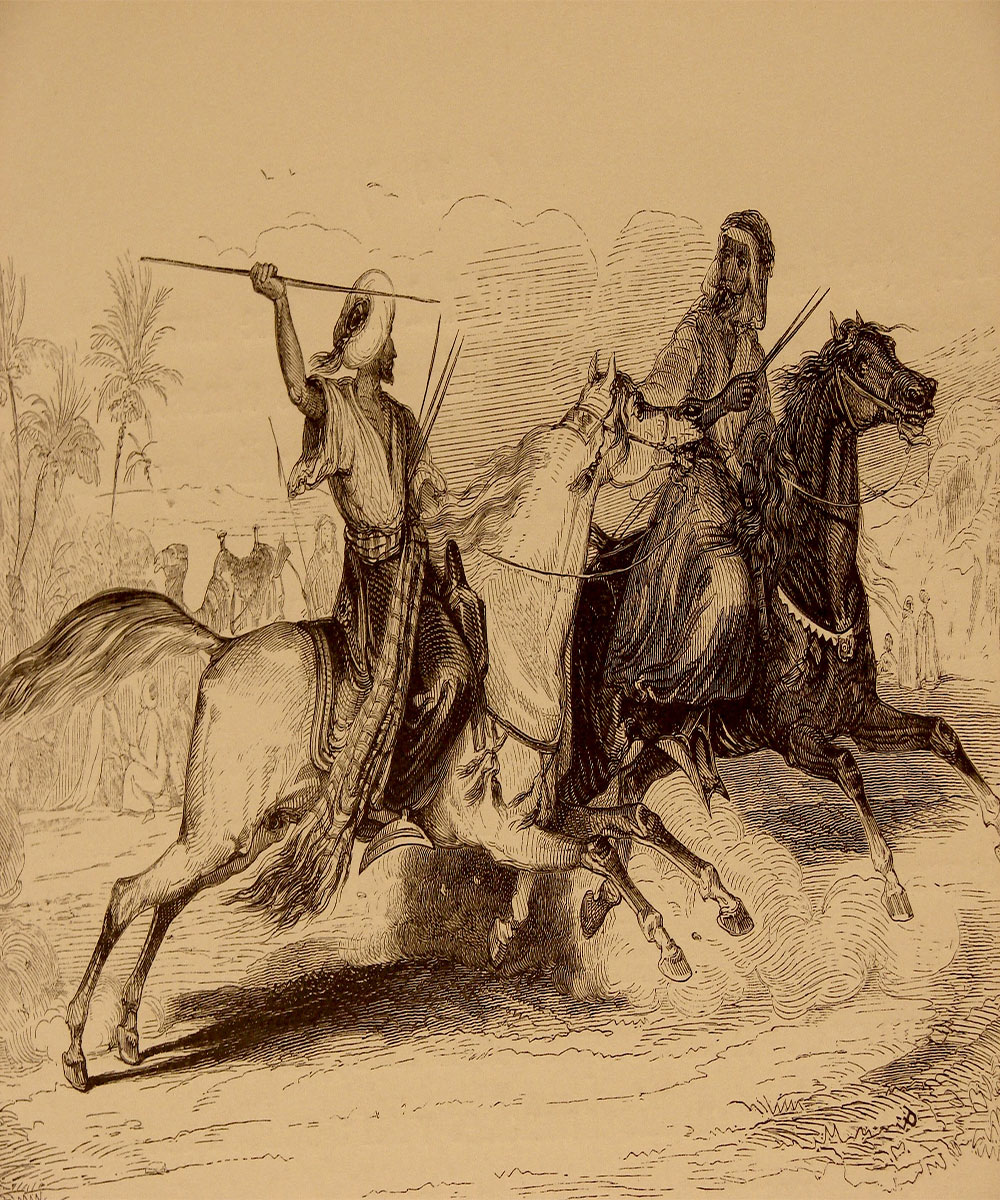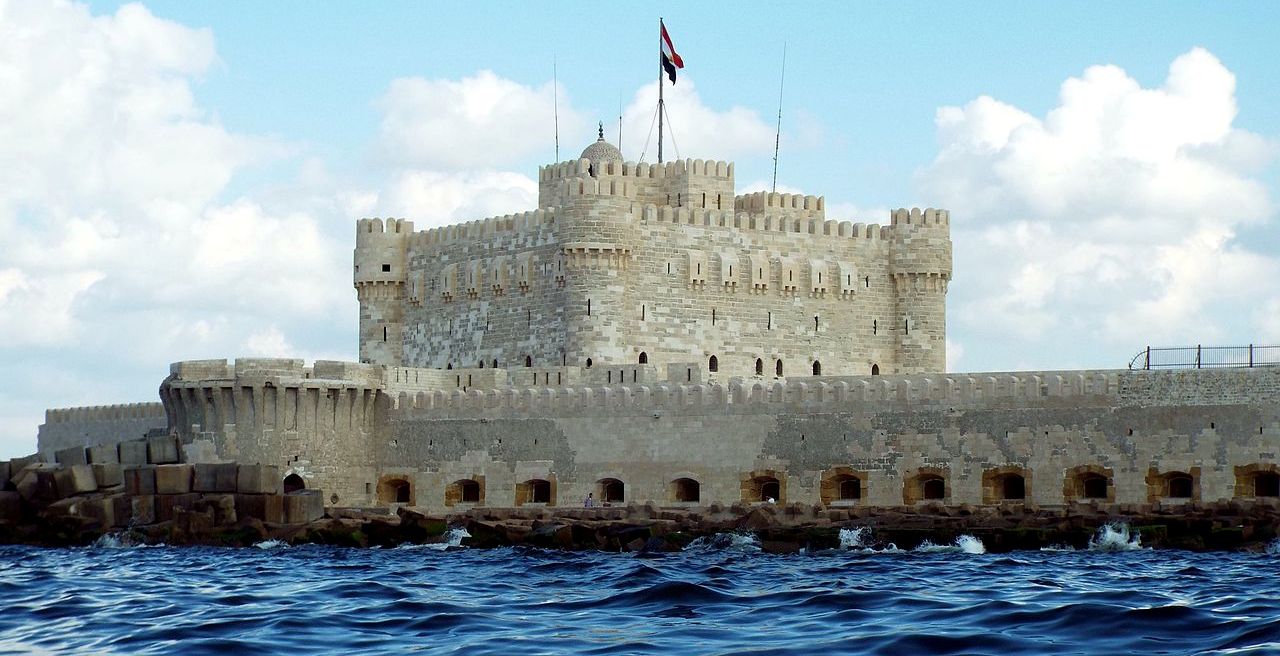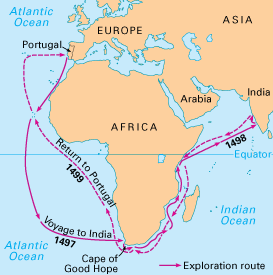Historical Eras

The Mameluk Era and Alexandria

The maritime history of the Mameluks in Alexandria
The Mameluk maritime history represents the golden era of Alexandria and the flourishing economic development led to a peak in urban reconstruction unseen before even in the glorious days of Islamic rule, making Alexandria the focal point of the whole world.
The three most prolific Mameluk sultans were: Elzaher Bibars, Elnaser Mohamed Ibn Kalawon and Elashraf Shaaban.
Elzaher Bibars was the first Mameluk sultan concerned with Alexandria and devoted four visits to the city.
In the first visit, he ordered the Western Mosque to be refurbished and its lights fixed at his own expenses, along with remodeling of its façade and fixing its walls.
In the second visit, he ordered the Alexandria Bay to be cleared of sand deposits that hampered navigation and threatened access to the bay.
In the third visit, he ordered to install a hundred catapults on the city walls.
On the fourth visit in the year 672 H, he ordered to fix the lighthouse of Alexandria.
Sultan Elmalek Elnaser Mohamed Ibn Kalawon followed the policy of Elzaher Bibars and continued the refurbishing of the lighthouse after the violent earthquake of the year 702 H. In 710 H, he pursued the works on the Bay of Alexandria which served until 770 H when it dried out and was covered with sand, leading to damages in many gardens and parks in Alexandria and the disappearance of all aspects of life in the many villages on the shores of the bay.

The Sherkess Mameluks and Alexandria
The first Sherkess Mameluk Sultan was Sultan Naser who visited Alexandria in 814 H, followed by Sultan Kayit Bey who built a large castle on the site of the old lighthouse, now known as the Citadel of Kayit Bey, along with numerous religious shrines, such as the Mosque of Abil Abas Elmorsy and the Mosque of Sheikh Yakout Ibn Abdallah Elhabashi, better known as Yacout El’arsh, a keen follower of Abil Abas and the Mosque of Sheikh Elbousery – owner of Elbarda. Many other buildings were also built, such as the Houses of Hadith, of which the famous are the Dar Elhadith Eltekriteya and Dar Elhadith Elnabiheya.

As the Portuguese navigated around the Cape of Good Hope in 1478 A.D. (892 H), the European world found a good competitor to the Egyptian markets with cheaper goods and spices from India. The older trade route was now obsolete and the Egyptian economy suffered considerably, as the fleet of Vasco de Gama now even closed the Southern access to the Red Sea, preventing also free exit for the Egyptian ships. The deteriorating economy affected every aspect of life, in particular the construction sector. With the drought that hit Alexandria, its beautiful gardens dried out too and almost all foreign traders turned once again towards Europe for their trade.
With the Ottoman rule settling in, Alexandria lost all its sparkle and its buildings shrank to a mere pier extending from the shore to the Island of Pharos.

